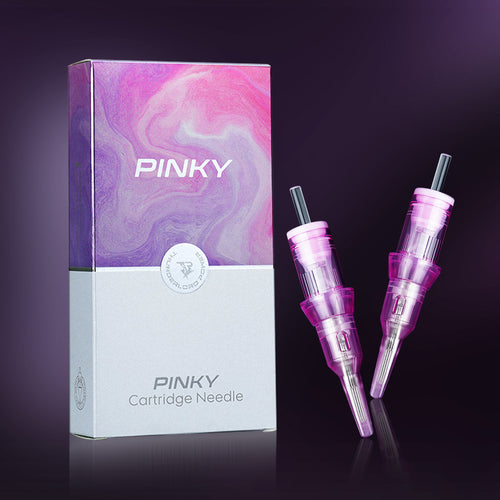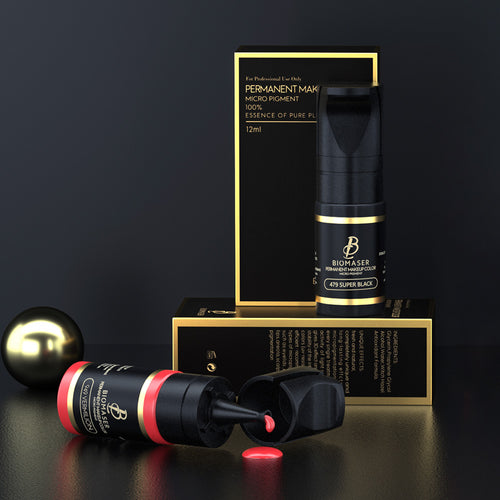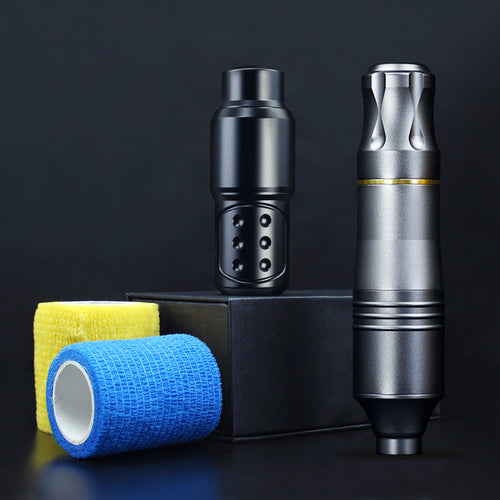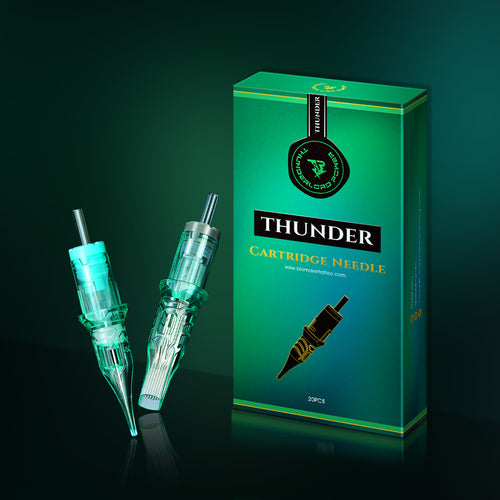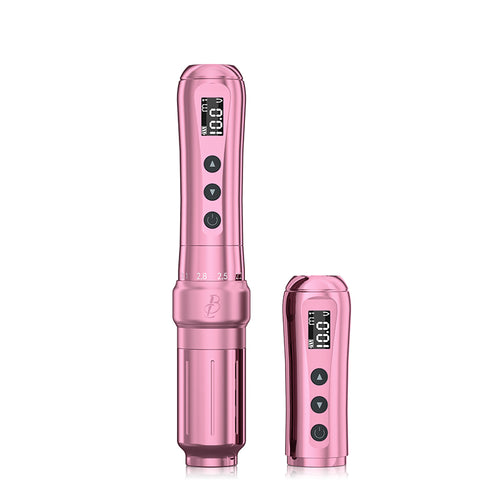12 Tips for Minimizing Discomfort when Tattooing with Pen Machines
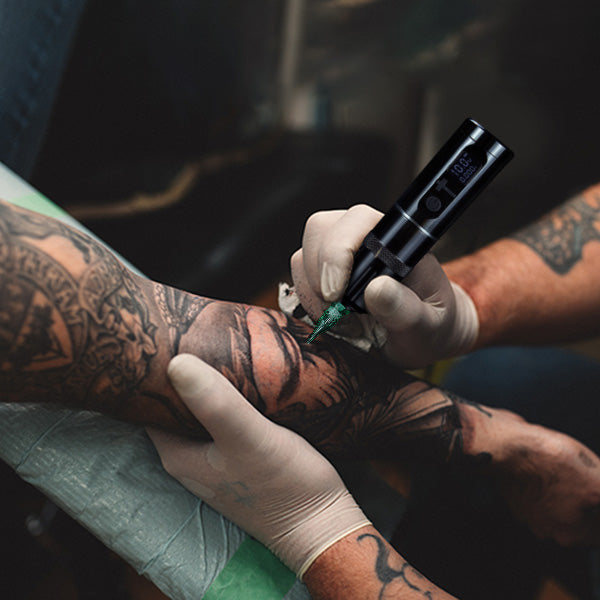
Getting a tattoo can be an exhilarating experience as you permanently adorn your body with meaningful symbols and designs. However, while tattoos are considered an art form and a form of personal expression, there's no denying that getting inked involves pain. The sensation of a tattoo gun's needles rapidly piercing your skin thousands of times over can range from uncomfortable to severely painful depending on your tolerance.
Fortunately, there are some simple techniques you can use to help make getting a tattoo from a modern pen machine more bearable. While a certain level of discomfort is inevitable, the following tips will help you handle the pain better so you can focus on the result.
1. Choosing Thinner Needle Groupings Reduces Discomfort

One of the biggest factors in how much tattoo pain you'll experience is the configuration of the actual needle cartridge being used, specifically the number of needle tips.
Opting for thinner needle groupings means fewer needles will be penetrating with each pass of the tattoo gun. In contrast, thicker needle groupings will feel more intense. You should discuss options with your artist and choose the smallest needle diameter suitable for your design to minimize punctures.
2. Topical Anesthetics Can Numb The Skin
Another technique is to use topical anesthetics specifically formulated for tattoo pain relief. Popular options include lidocaine-based creams, sprays, and wipes that can numb the outer layers of skin when applied before and during a session. Products like Dr. Numb and Hush are commonly used.
However, you should check with your artist first, as some may prohibit or restrict numbing agents. Only apply anesthetics externally and follow directions to prevent complications. While helpful for taking the edge off, it won't completely eliminate discomfort.
3. Oral Pain Relievers Provide Deeper Relief

For deeper pain relief, you can take over-the-counter pills like ibuprofen or acetaminophen an hour before your appointment. You should consult your artist regarding any concerns over medication thinning the blood, which can cause problems with bleeding. Avoiding alcohol is advisable for the same reason.
4. Drinking Water Helps Your Body Handle Discomfort

Staying well-hydrated before and after getting work done is key. You should drink more water than usual on the day of your appointment to help your body handle pain and the aftermath. Avoiding alcohol and caffeine is recommended as they can dehydrate you and thin the blood.
5. Choosing Fleshy Body Parts Reduces Discomfort

Where you get your tattoo is also a major factor in how much it'll hurt. As a general rule, fleshy areas with more fat and muscle, like the arms, thighs, and shoulders, tend to be less painful. Bony, sensitive spots like the ankles, spine, ribs, or fingers will be more uncomfortable.
6. Numbing Spray Can Extend Relief During Long Sessions
For lengthy tattoo sessions, your artist may be able to reapply anesthetic spray at intervals to prolong the numbing effects on your skin. You should just be sure to close your eyes and avoid inhaling the vapors. This can help take the edge off during marathon sessions.
7. Breathing Techniques Help You Relax

When the needle starts its work, you should consciously focus on your breathing. Taking long, deep breaths in through your nose and out through your mouth oxygenates your body, helps you stay relaxed, and distracts from the discomfort. Avoiding holding your breath or tensing up would help to reduce the pain from getting a tattoo as well.
8. Communicating With the Artist Provides Needed Breaks

You should speak up if you need your tattoo artist to pause or adjust their technique. There's no shame in asking for a short breather if the pain becomes too intense at certain spots. Artists understand everyone has different pain tolerances.
9. Eating Beforehand Stabilizes Blood Sugar

Having a filling, nutritious meal before you get a tattoo helps stabilize blood sugar levels. This provides energy to get through the session. Avoiding going in hungry or lightheaded is recommended, as it can exacerbate pain.
10. Being Rested Helps You Handle Discomfort

Being well-rested beforehand is equally important. Getting a good night's sleep helps your body and mind handle the pain and adrenaline rush of getting inked. Avoiding tattooing when exhausted or sick is important when your tolerance is lower.
11. Relaxing The Area Helps The Needle Glide
You should try to keep the part of your body being tattooed relaxed rather than clenched. Letting muscles go loose allows the needle to glide more smoothly. Tensing up causes more friction and drag. Breathing through painful spots would also help you to reduce the pain.
12. Distractions Can Take Your Mind Off Discomfort
You may want to consider bringing music to listen to through headphones or something else entertaining to focus your mind on. Chatting with your artist also helps. The more you can distract from the sensations, the less overwhelming the pain may feel.
Conclusion
While nothing can eliminate tattoo pain completely, utilizing these tips can certainly make the experience more tolerable. The excitement of seeing your fresh ink at the end will be worth the discomfort. Don't be shy about using any pain management methods that work for you personally. Before you know it, the difficult part will be over, leaving you with amazing art.




